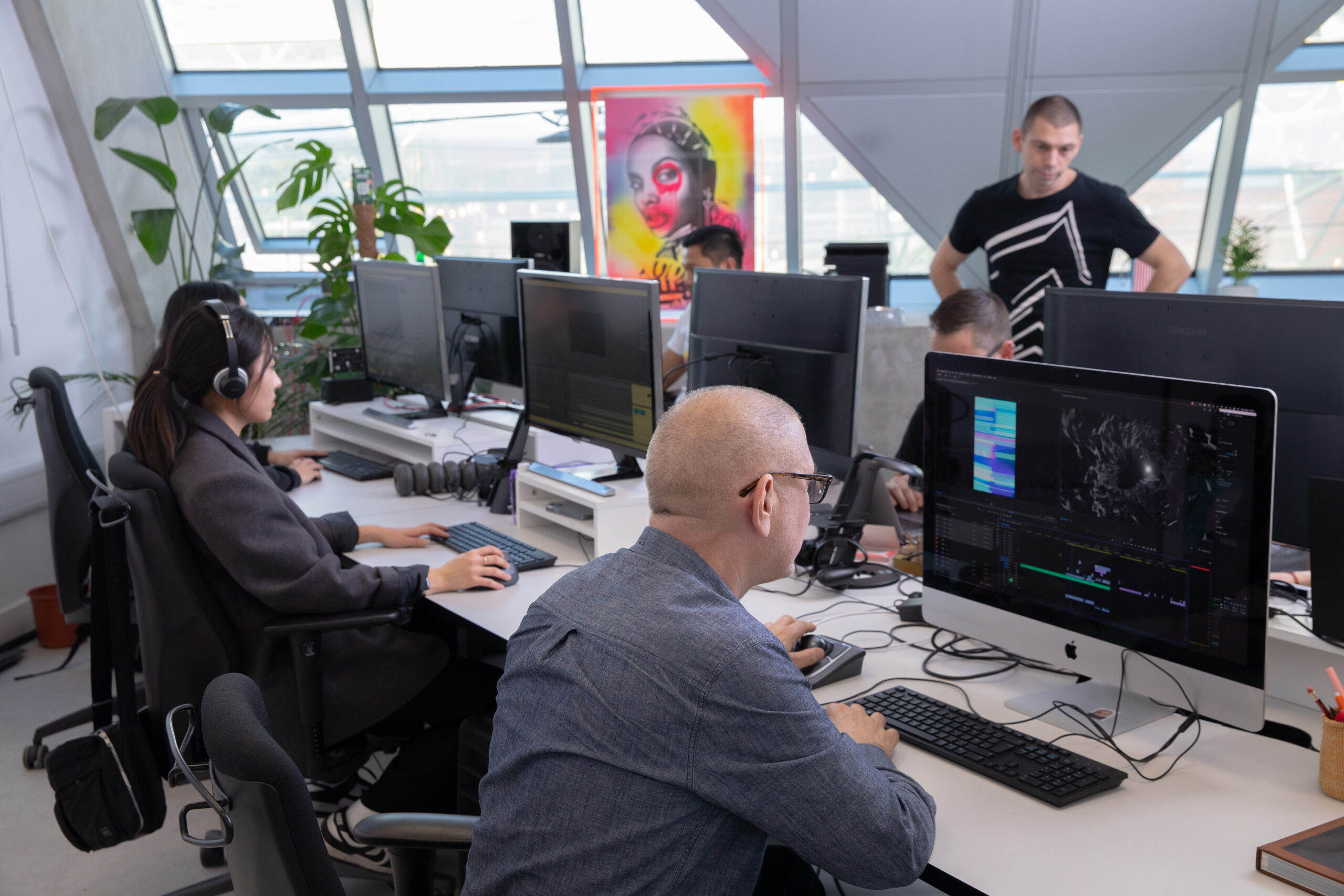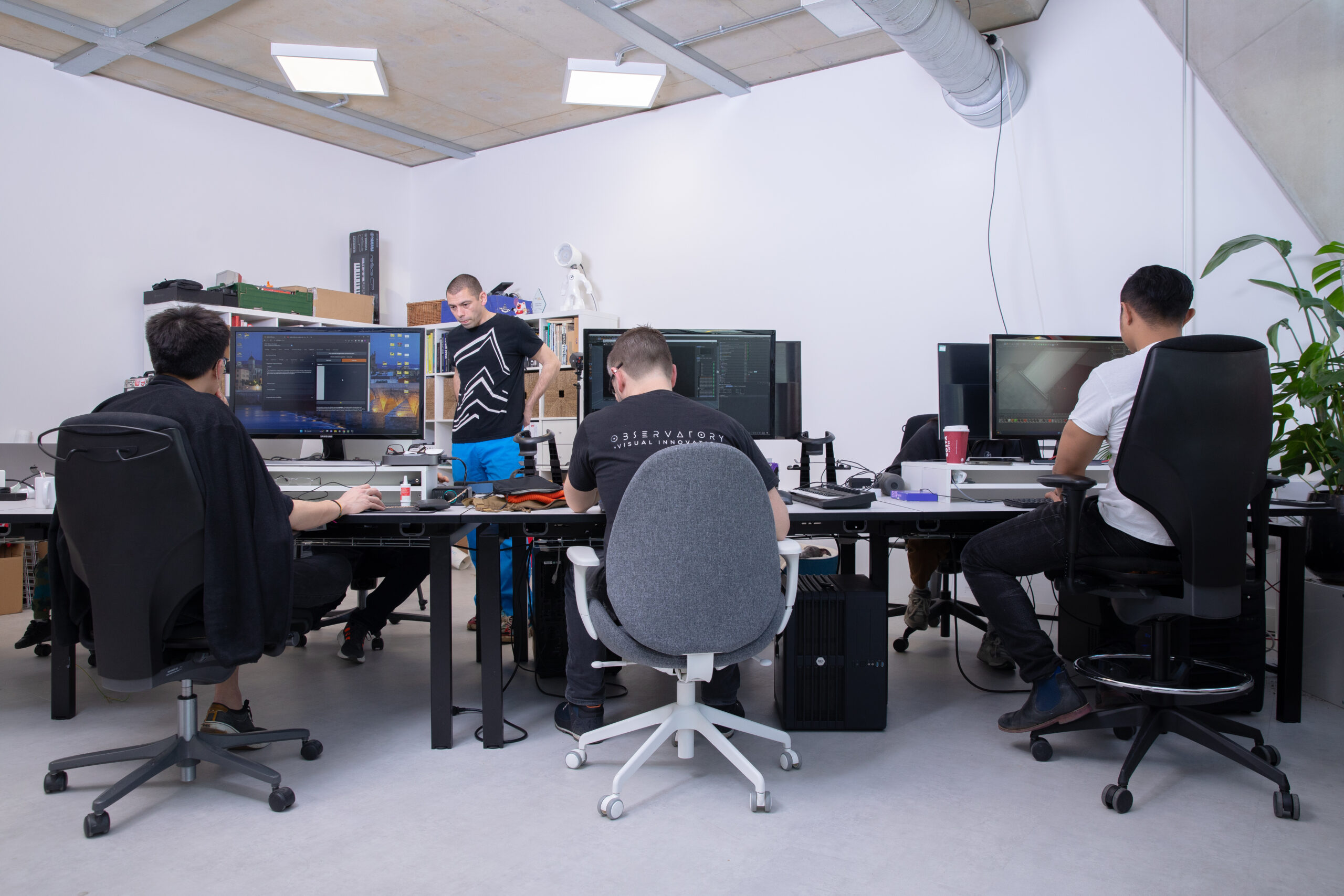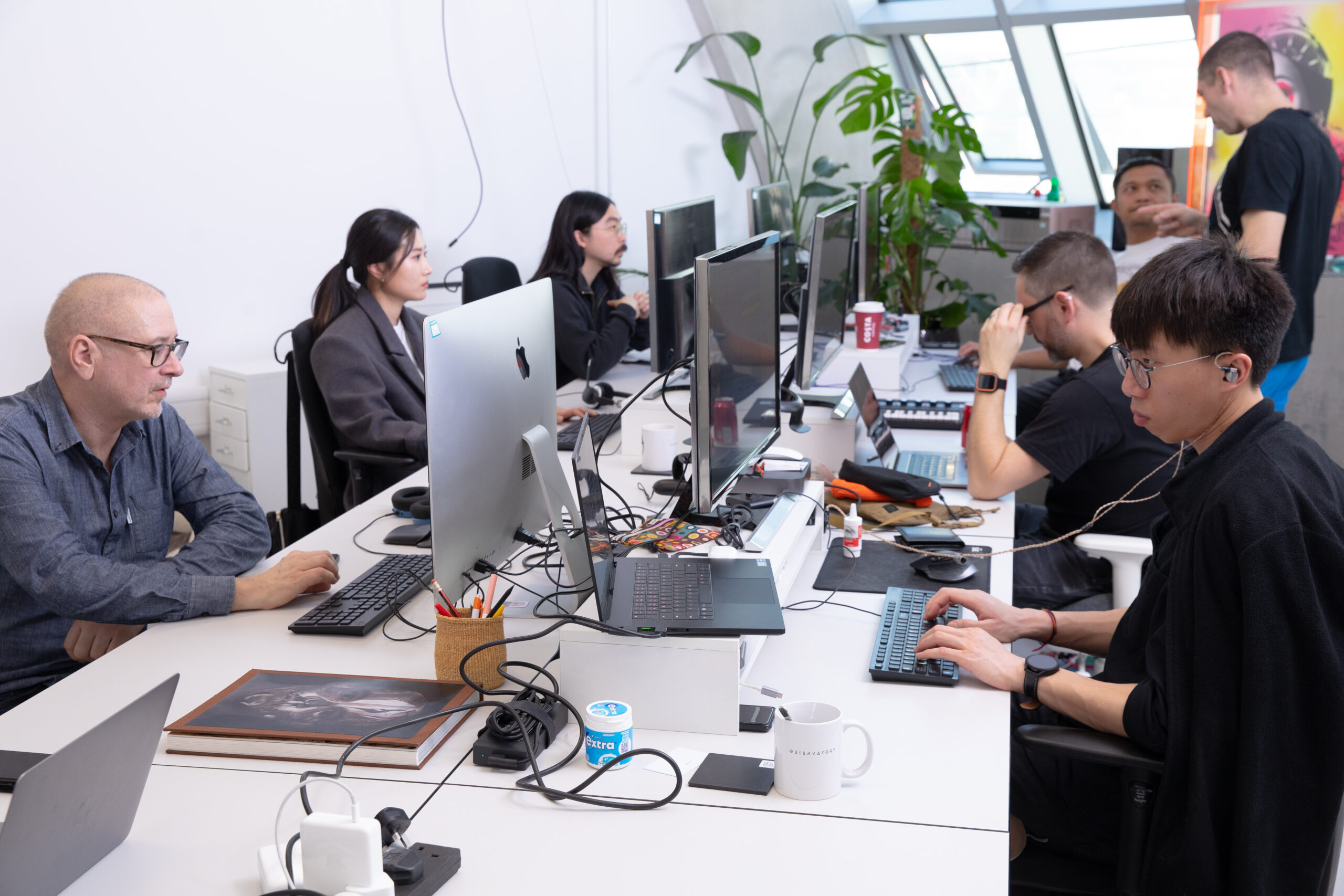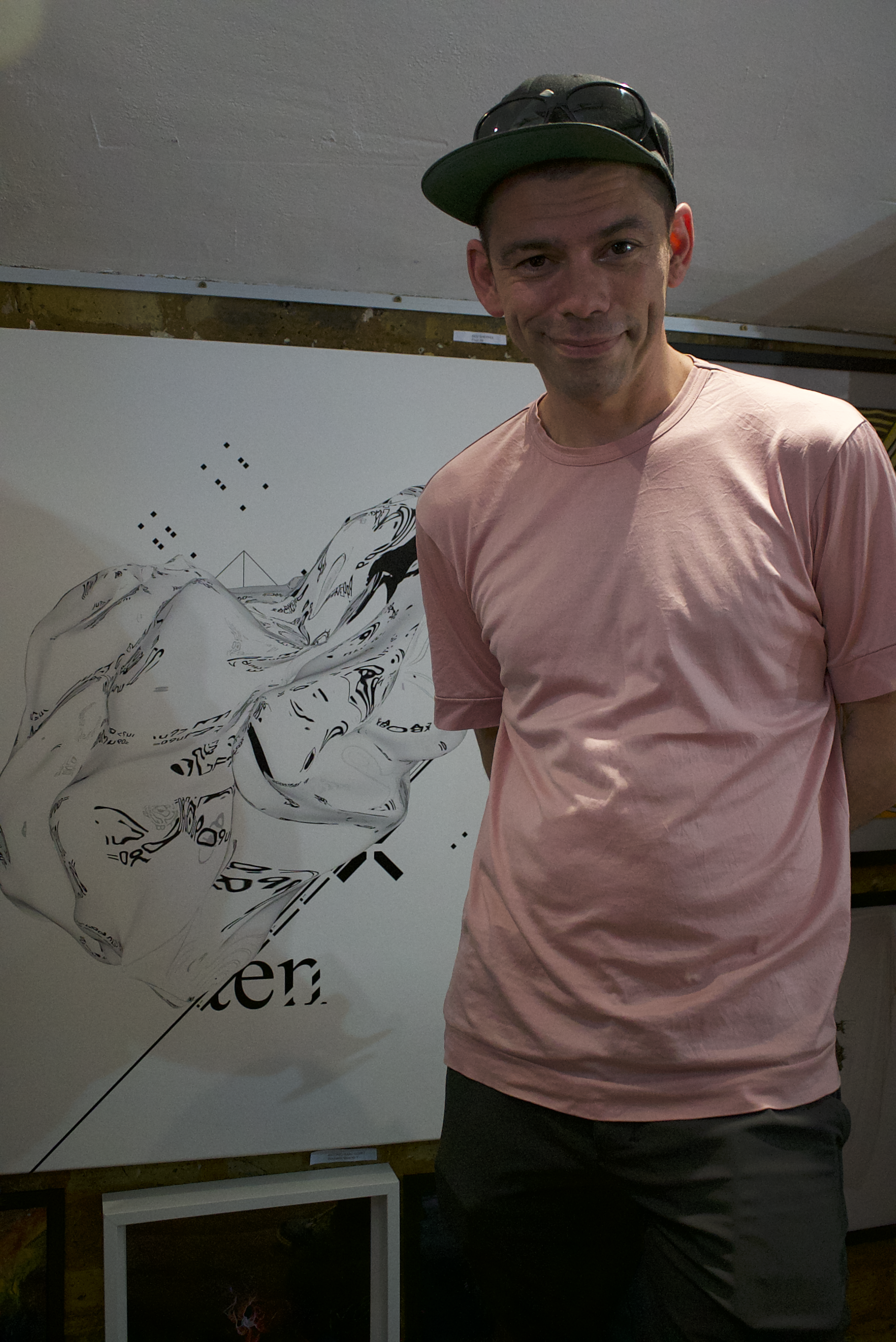“The moment you put down tools, it’s harder to pick them up again next time. So, I just keep going“
Interview with Ben Sheppee, CEO of Observatory
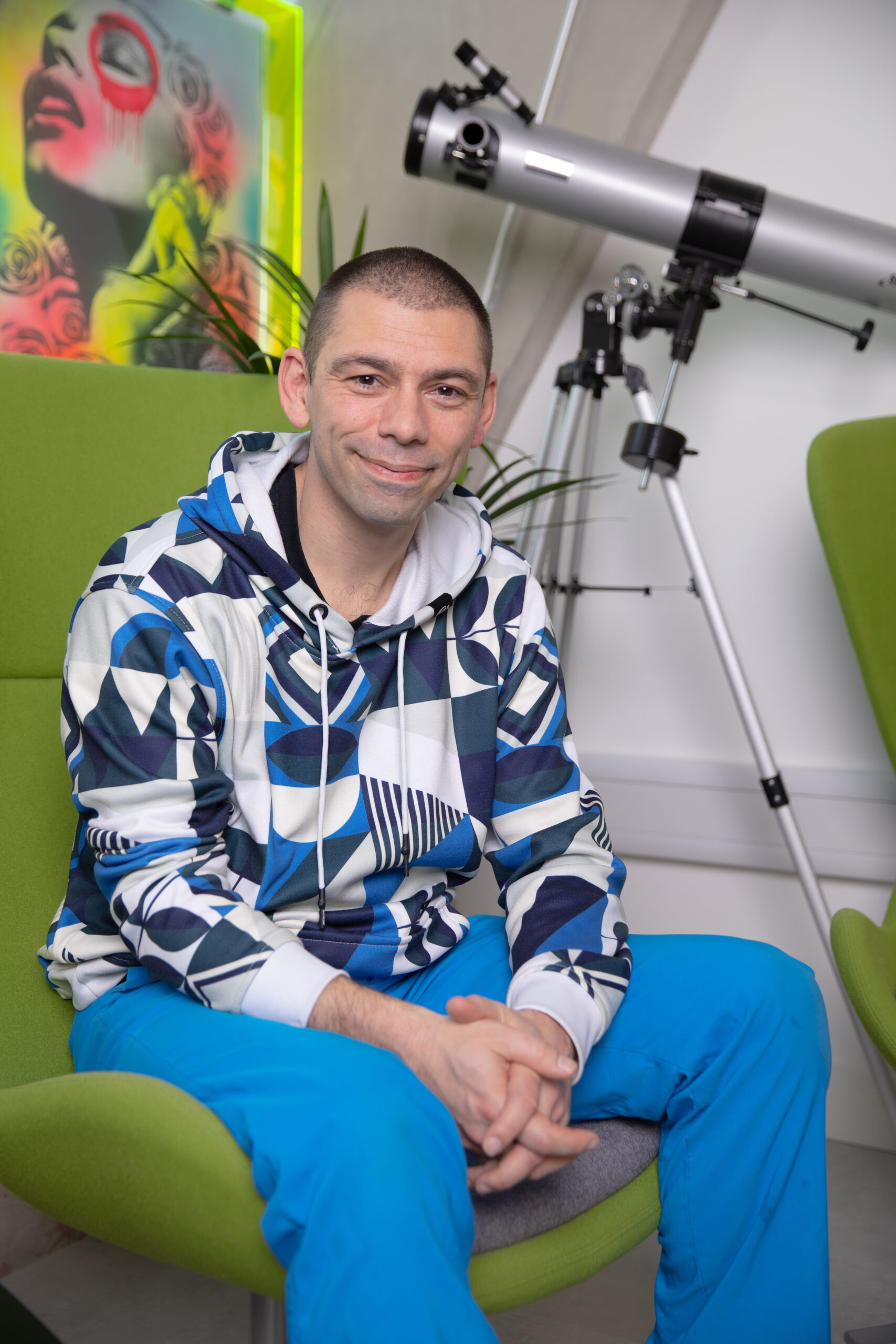
Observatory – Could you tell us about your background and career path? How did you get into the industry, and how long have you been working there?
Ben – My journey began during my university days when I was immersed in the world of Fine Art. In addition to my studies, I embraced the typical student life of enjoying nights out and partying. During this period, I also experimented with photography as part of my fine art degree, employing slide projectors to adorn nightclubs. This fusion of my art with my social life allowed me to showcase my work to the public.
After this initial phase, I crossed paths with someone from San Francisco, which led me to split my time between London and the vibrant city by the bay. Here, I connected with like-minded people in the same field and decided to continue my work in video projection and animation.
San Francisco was a haven for visual artists with a passion for crafting immersive environments. This environment sparked my desire to distribute our work, initially through VHS tapes that we sent to art enthusiasts in Chicago and New York. Eventually, we transitioned to DVDs, releasing 15 DVDs featuring the works of 70 different artists and a total of 240 films. Our efforts even garnered the support of Netflix and distribution through Black Cinema, an underground cinema and publishing house. My next adventure took me to Japan, where I continued creating DVDs while also gaining valuable insights into the visual industry. The clubs there were already equipped with the necessary gear, akin to a DJ setup. Japan’s reputation for futuristic visuals was a constant source of inspiration, and I had the privilege of collaborating with numerous talented artists.
However, with changing times, I observed the decline of DVDs as digital streaming platforms such as YouTube and Vimeo gained prominence. This prompted me to pivot towards crafting visual experiences and live performances.
Amid the language barriers between English and Japanese speakers, the universal language we discovered was visual; it proved to be the ideal common denominator, uniting people with a shared appreciation for creativity.
Honestly, DVDs weren’t a substantial source of income for me at the time. Concurrently, I maintained my role as a motion graphics artist at a Japanese company while continuing to manage Light Rhythm as an art publisher. Gradually, I expanded into creating custom visual art for bands and stage productions.
During this phase, Simon Harris, now a key part of our Observatory team, visited Japan periodically as he had clients from his previous role at Green Hippo. Simon introduced me to people with specific requirements for custom visual content designed for large LED setups on stage. Our collaboration led to the production of more content for bands and stages.
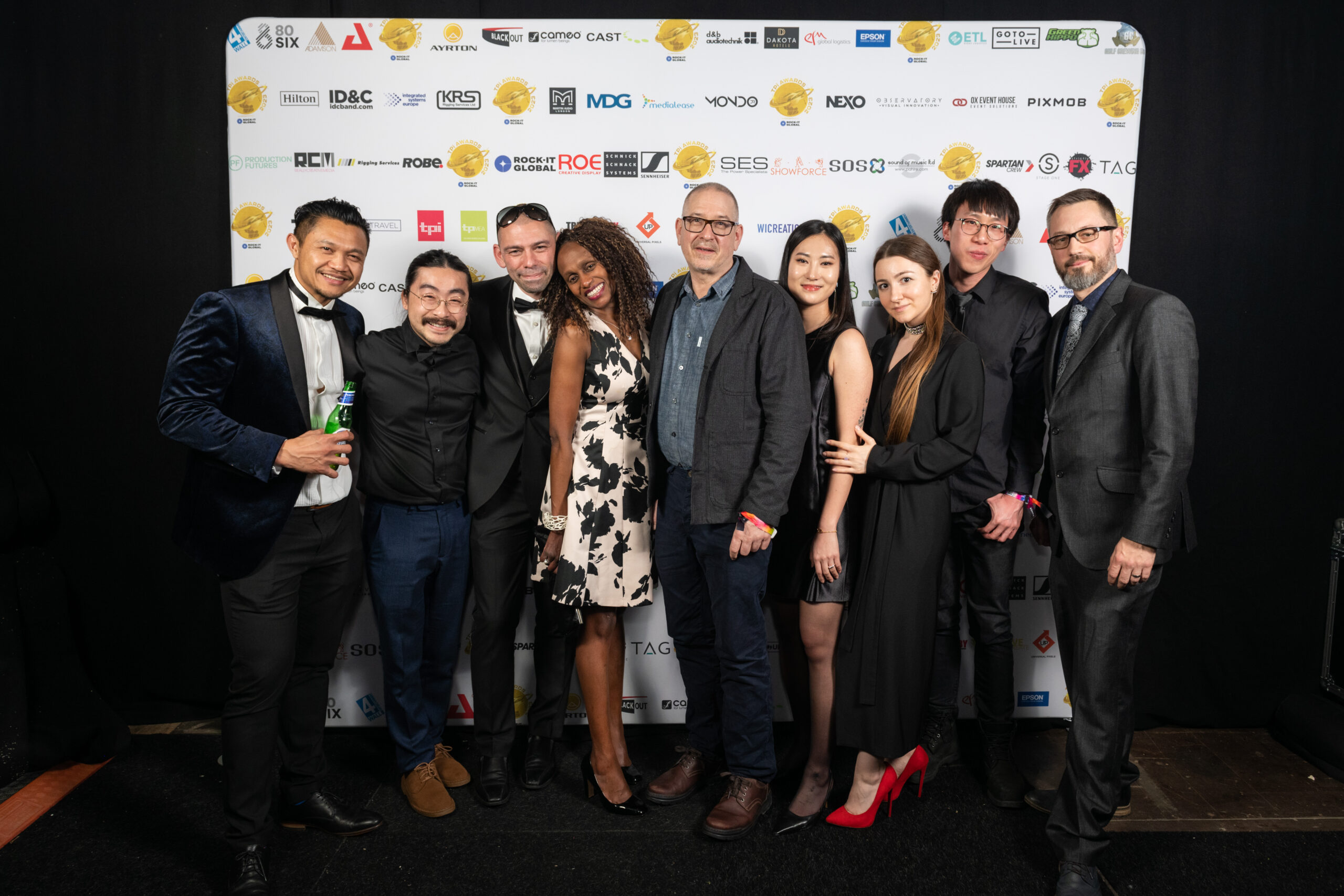
Observatory — How did the Observatory idea come about? What is Observatory today? What’s its attitude and approach?
Ben — After several years of freelancing from a home office, I returned to London in 2012 and established a small studio to produce bespoke content for various projects, including fashion shows and sports events. My longtime collaborator, Mike Faulkner, developed an interest in virtual reality (VR), while another friend, Tupac, secured a VR position at Dior. To distinguish our VR endeavours from Light Rhythm, we initiated Observatory as a research and development venture to explore the realm of virtual reality.
We chose the name Observatory due to our studio’s location in Greenwich, situated within a room named “The Observatory.” Looking back, the name proved apt; Observatory embodies a place to witness remarkable and beautiful phenomena, much like our studio’s creative output.
In 2016, we opted to shift focus from the legacy of “lightrhythm visuals” towards VR and augmented reality (AR). The addition of Tom Bowers as a business developer in 2017 marked a pivotal moment. Subsequently, we rebranded our commercial portfolio as “Observatory” and officially incorporated as a public limited company in 2018. With Tom’s expertise, we secured substantial commercial projects with notable clients like Manchester United and Sky. This period saw a transition from heavy reliance on freelancers to the recruitment of full-time staff.
Between 2018 and 2019, we experienced a successful phase, crafting not only VR experiences but also immersive environments through the application of VR techniques to projection mapping. Our commitment to technical versatility set us apart in a competitive motion graphics landscape.
Despite the momentum, 2020 posed challenges as the market slowdown affected everyone. Nonetheless, Observatory’s ethos remains anchored in artistic exploration, placing ideas before technology. While our team possesses a profound understanding of technology, our focus is on leveraging it to realise creative visions. This approach reshapes our content development, considering multiple platforms from television to AR.
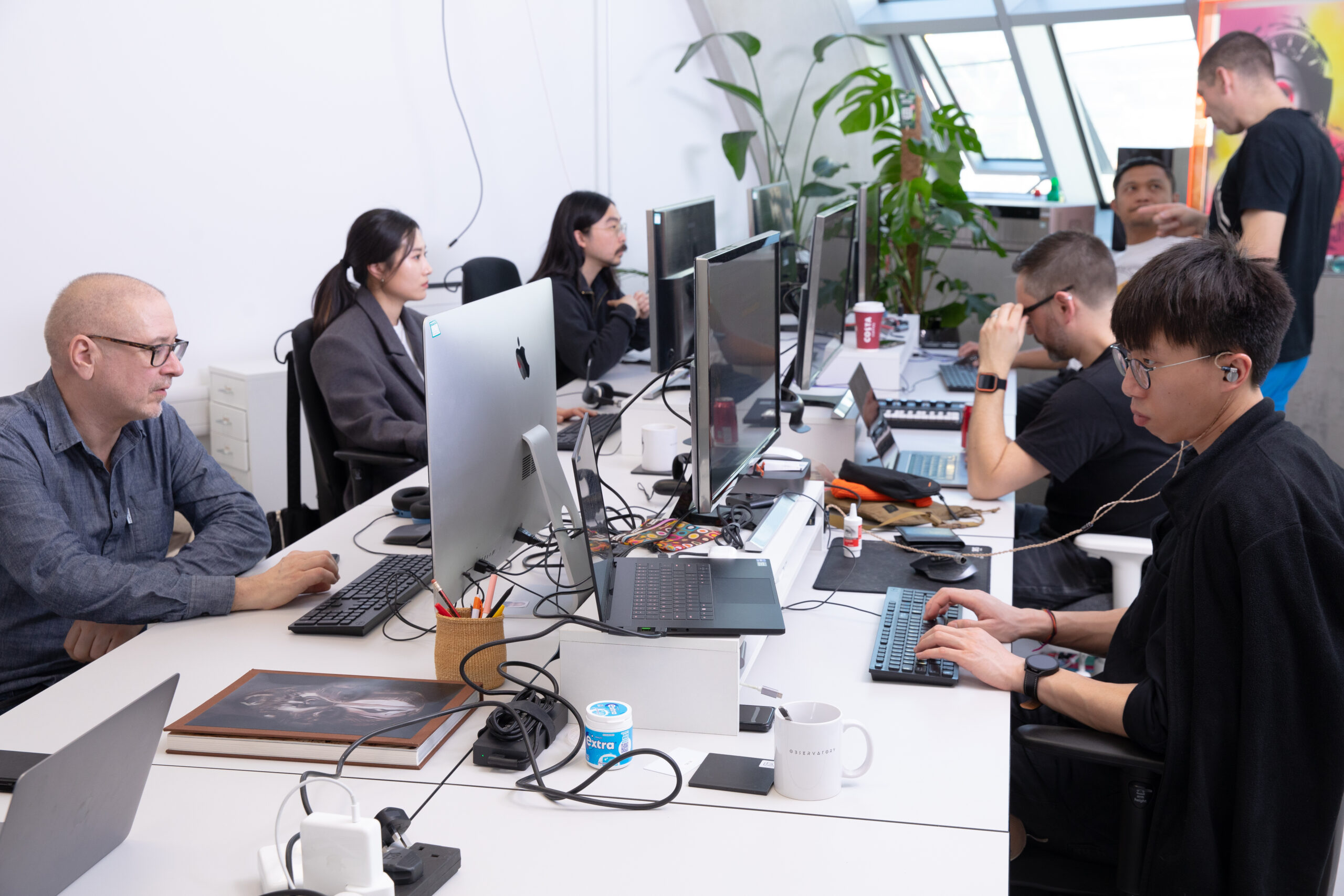
Rooted in our background as visual jockeys (VJs), we embrace experimentation as a core aspect of our creative process. Embracing “happy accidents” often leads to innovative styles and designs. This ethos encourages everyone to push boundaries and explore new creative avenues.
Observatory – Who are your clients today? And what projects would you like to see in Observatory’s portfolio in the future?
Ben — Our clients these days are quite diverse. We’re working with broadcasters, live events teams, and we’ve got our hands full with festivals and bands.
Over the past few years, I’ve been pushing to expand our reach into the fashion and lifestyle scene, as well as sports events. There’s so much potential there, especially for some really eye-catching branding projects that showcase our tech flair.
We’ve done some great projects in the sports industry, including projection mapping onto tennis courts and contributions to UEFA events, albeit the unfortunate cancellation in 2020. Similarly, within the fashion world, we’ve executed projection mapping onto dresses and catwalks, amplifying the visual experience.
Looking ahead, I want to dive deeper into these areas, keep pushing boundaries, and see where our creativity takes us. With technology evolving all the time, the possibilities are endless, and I’m excited to see what we can come up with next.
Observatory – What are your favourite projects you’ve worked on? Why?
Ben – My top three projects that hold a special place in my heart are:
1. Projection Mapping at the British Museum: This project involved projecting the Mexican artwork of José Guadalupe Posada onto the historic British Museum. Collaborating with my long-time creative partner, Tupac Martir, we created an emotionally charged spectacle. To pay tribute to those who had recently passed away, we scrolled their names on the facade of the British Museum during the Day of the Dead. The interactive element allowed the audience to add their names to the list, making it a poignant and impactful experience. This project was particularly significant for me, as it allowed me to honour the memory of my Nana, who had recently passed away.
2. Picasso Project at the National Portrait Gallery: Invited to participate in a late-night event, we joined around 40 artists in interpreting Picasso’s works. Working alongside Mike Faulkner, our Creative Director, we crafted a series of animations screened inside the National Portrait Gallery’s cinema. These animations were accompanied by the music of The BBC Radiophonic Workshop, renowned for their work on shows like “Doctor Who.” We could only use a limited selection of Picasso’s paintings and had to create animations based on their titles, offering a fresh perspective on cubism using 3D animation.
3. Franck Sorbier’s Project: This collaboration with Intel in France brought us to the world of Franck Sorbier, known as the Salvador Dali of the fashion realm. His surreal and avant-garde designs pushed the boundaries of traditional fashion shows. Teaming up with Intel, we brought Sorbier’s artistic vision to life, adding a unique technical dimension to his shows. The project unfolded in a small theatre in Paris, featuring 20 different scenes inspired by Sorbier’s designs. We used 3D animation and projection mapping to create a mesmerising, surreal experience in alignment with Sorbier’s distinctive aesthetic.
Funny thing, it’s one of those projects when clients want to do a projection mapping. And they collect together some samples of things that they think are cool. So, they ended up showing me my work and asking me to clear it, not knowing that we’d actually created that. It is one of those early examples of projection mapping that has survived the test of Google.
Our project got more press attention than Gotye during Paris Fashion Week, making it one of the most talked-about events. Franck is a collaborator whom I continue to work closely with. Even during the challenges of the Covid era when work opportunities were scarce, we successfully completed a project for Estee Lauder. I look forward to further collaborations with Franck in the future.
Observatory – What do you find most fascinating and most challenging about leading a creative team?
Ben — The most exciting part about leading a creative team is the thrill of never knowing where the next big idea will come from. I strive to cultivate an environment where everyone feels empowered to contribute their unique perspective and inspiration.
At Observatory, our team is a melting pot of diverse talents, backgrounds, and cultures. This rich tapestry of diversity is what fuels our innovation and fosters a culture of open-mindedness.
Welcoming Hyeyeon, our talented 3D artist, to the team has been a game-changer. Her fresh approach has injected new life into our creative projects and sparked fresh ideas.
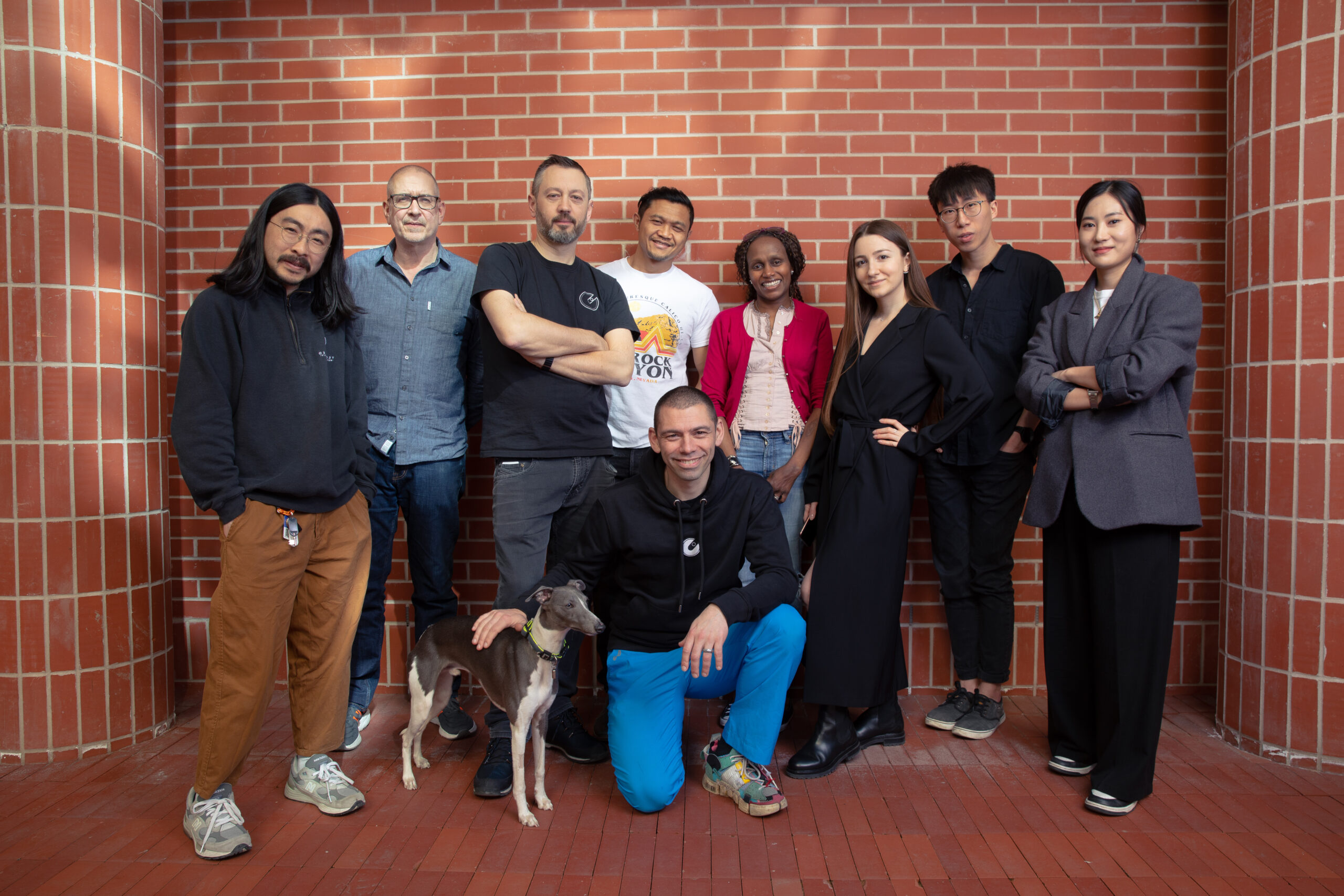
One thing that keeps me on my toes is the uncertainty that comes with running a business, especially in today’s ever-changing landscape. While I try to offer stability and support to my team, the truth is it’s a pretty rocky road.
And to be totally honest, I did not get into this to run a business. I got into this because I wanted to create. So, there are some of the key business decisions I struggle with because I was not trained in the area.
One of the toughest challenges I face as a manager is figuring out who to bring onto the team next. Do I hire social media staff, marketing staff, or sales staff? I don’t have a solid business strategy, but I have been doing this for over 20 years now. I try to find the natural path and do my best to make it work.
I guess I just feel things out. I believe that if you put the right people together, anything is possible. So, I am living a philosophy as opposed to a business strategy.
Observatory — Do you have any tips or advice for those embarking on creative projects? It’s common to hit a roadblock early on and wonder, “Where do I even begin?” What insights can you share?
Ben — Absolutely, I’ve encountered similar challenges throughout my career, and I’ve picked up a few tricks along the way. One valuable resource I came across was a TED talk addressing writer’s block, a common hurdle for authors and creatives alike. In fact, I had the opportunity to deliver a similar talk in Kuala Lumpur for an agency called Pico.
One effective method for tackling creative blocks is the Scamper technique, a structured approach to problem-solving:
– Substitute: Consider replacing materials, people, or steps in your process to enhance it.
– Combine: Look for opportunities to merge ideas, resources, or processes to boost efficiency.
– Adapt: Explore adjustments to processes, components, or features to achieve better outcomes.
– Modify: Identify elements to add or remove to align with your goals.
– Put to another use: Explore alternative applications for your product or service.
– Eliminate: Streamline your offering by removing unnecessary elements.
– Reverse/Rearrange: Experiment with rearranging or reversing processes, components, or features.
Another tactic I find helpful is flipping the project on its head. Instead of struggling to move forward, start at the end and work your way backward. This approach can be particularly effective during the editing phase. If you find yourself stuck at a certain point, switch gears and tackle a different aspect of the project. Often, taking a step back can lead to fresh insights and breakthroughs.
Navigating the creative process can be challenging because there’s no guaranteed formula for success. As creatives, we’re tasked with delivering ideas, which can be a daunting responsibility. Some days, you may feel full of energy and ideas, while others may leave you feeling drained and uninspired. It’s crucial to acknowledge these fluctuations and manage them effectively. Even on the toughest days, pushing through and staying committed to the process is key to achieving your creative goals.
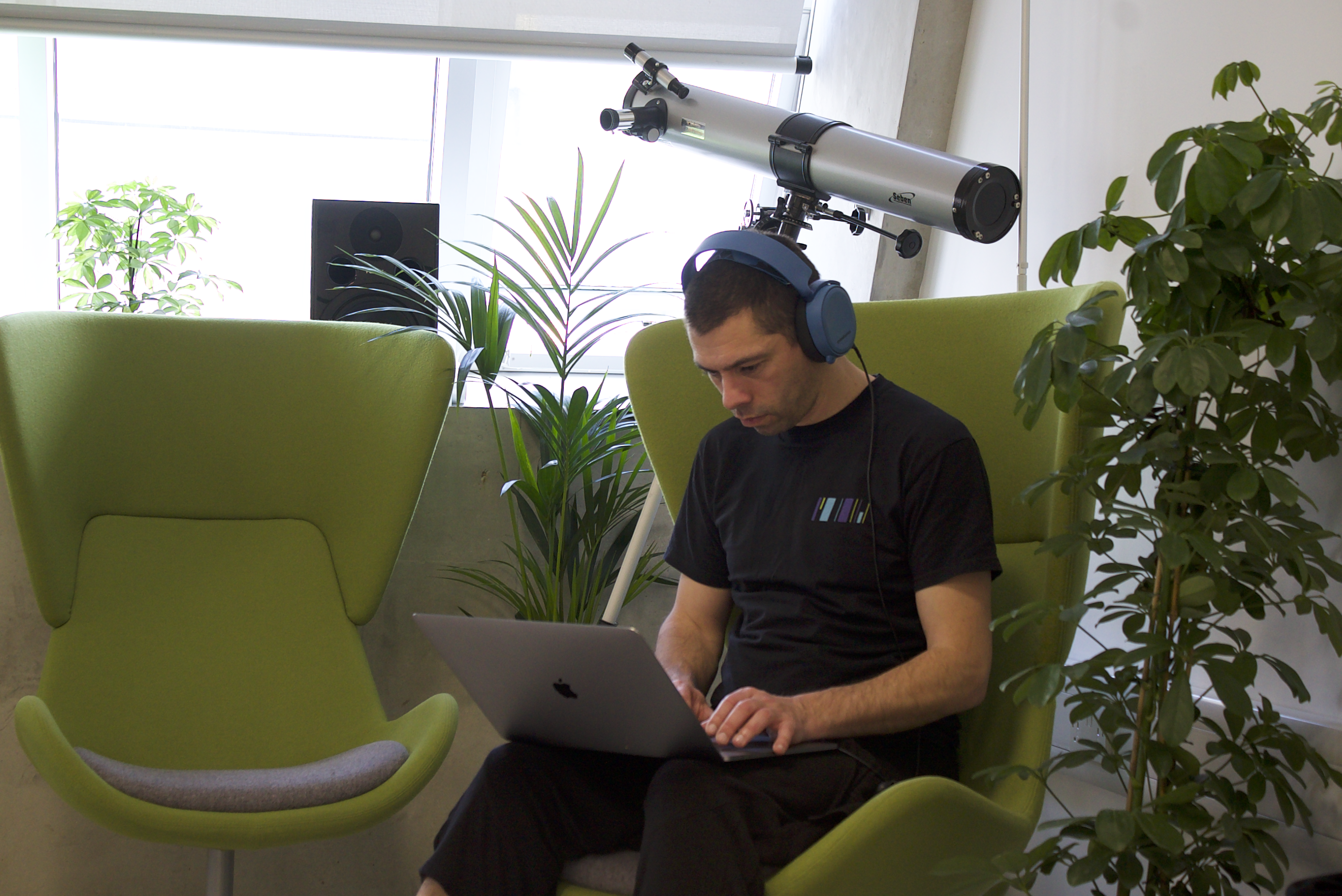
Observatory — Are you self-critical? And is it essential for creatives to be so?
Ben — Oh, absolutely. I’m probably my harshest critic; I tend to be a bit of a perfectionist, and I often find myself working relentlessly. Back when I was studying art history, I’d compare myself to giants like Michelangelo and Raphael, thinking that’s the benchmark for greatness. But truth be told, they probably weren’t losing sleep over it. They were just doing their thing, unaware that their work would echo through the ages.
From a young age, I’ve carried this weight of wanting to measure up to those standards. It’s a daily struggle. Over the years, I’ve come to accept that I can’t control everything, yet I still push myself to chase an that level of perfection. It’s emotionally and physically draining at times.
These days, I’m juggling my creative output at Observatory with my personal artistic aspirations. In addition to my day job, I feel this burning need to express myself through fine art. It’s like a soul-searching journey for me.
Dabbling in personal art also feeds back into my work at the company. It’s a space where I can experiment without the constraints of commercial projects. It helps me stay connected to my identity as a designer and artist.
When Observatory gets busy, I feel torn because I end up neglecting my personal artistic pursuits. Being self-critical can be painful; it’s something I’ve carried since my days in art school. I vividly remember those brutal critiques where teachers would tear your work apart and tell you to start from scratch. That experience has shaped my attitude towards feedback and criticism.
When clients compliment my work, I am less interested in hearing it. Instead, I want to know what they don’t like about it. This is what drives my work forward. If they like something, I’ve done my job. But we’re not progressing unless we find something wrong. However, it’s important to not get too caught up in this mentality as it can lead to the “dark side.”
I think artists are a weird type of people. They separate themselves from society by striving to be unique and different while also offering a perspective on society through their work. This separation allows them to develop new approaches and philosophies for moving society forward. I believe that’s crucial to have an artistic vision and social commentary on it.
Still, it’s a lonely place. I wouldn’t wish this path on my kids or anyone, really. It’s quite cutthroat. And the only reason I’ve survived is that I have an intensely fierce work ethic.
I feel sorry for everyone who works for me because I work way too much. We have team members from Eastern cultures where it’s common to stay in the office until the boss leaves. I don’t intend to impose this on them, but the reason I work so much is that I’m not as efficient as they are.
I’ve had it in my soul for a long time that I need to graft. I come from a working-class family. I wasn’t born into money. Everything we’ve created, we’ve created from dust. And I know that the moment you put down tools, it’s harder to pick them up again next time. So, I just keep going.
GET IN TOUCH
Address
Observatory Creative Ltd.
design district, Building A2,
London, se10 0BJ
